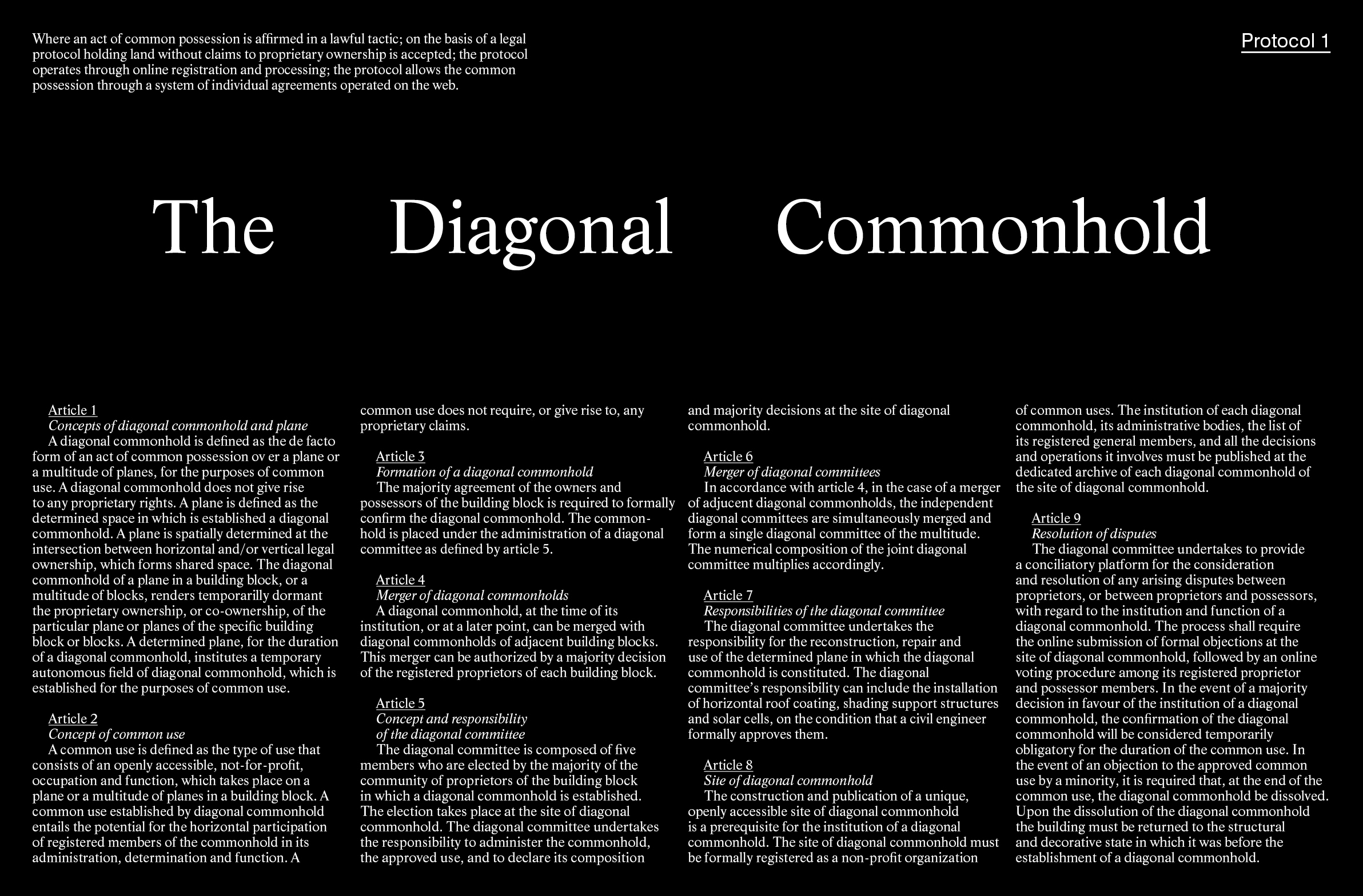Aristide Antonas, Archipelago of Protocols (Barcelona: dpr-barcelona, 2016), ➝.
See, for instance, the work of Giorgio Agamben, Pier Vittorio Aureli, and Hakim Bey.
Similar to this point of view is the recent work of Benjamin Bratton and earlier remarks by Keller Easterling.
See the recent work by Maurizio Lazzarato.
See Giorgio Agamben, Language and Death: The Place of Negativity, trans. Karen E. Pinkus with Michael Hardt (Minneapolis: University of Minnesota Press, 2006).
Positions is an initiative of e-flux Architecture.
